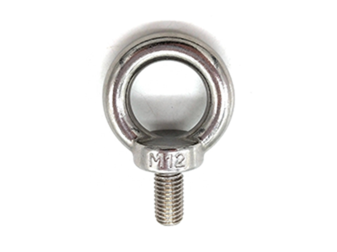des. . 06, 2024 16:11 Back to list
DIN 975 Threaded Rod Specifications and Applications in Various Industries
Understanding DIN 975 Threaded Rods Applications and Importance
Threaded rods, specifically those conforming to the DIN 975 standard, play an indispensable role in various industries due to their versatility and strength. These rods, characterized by continuous threading along their length, are essential components utilized in a wide range of applications, from construction to furniture assembly.
What is DIN 975?
The DIN 975 standard is established by the Deutsches Institut für Normung (German Institute for Standardization), which provides specifications for threaded rods used in various mechanical and structural applications. The dimensions, material grades, and mechanical properties are clearly defined under this standard, ensuring compatibility and reliability across different projects and industries. Typically, DIN 975 threaded rods are made from materials such as carbon steel, stainless steel, or other alloys, providing options for different environmental conditions and load requirements.
Features of DIN 975 Threaded Rods
One of the most notable features of DIN 975 threaded rods is their continuous thread, which runs the entire length of the rod. This design allows for easy adjustment of the length by cutting the rod to the desired size, making it a flexible solution for various needs. Additionally, the rods come in various diameters and lengths, accommodating a wide array of applications, from heavy-duty construction projects to light-duty tasks.
Applications of DIN 975 Threaded Rods
din975 threaded rod

In construction, DIN 975 threaded rods are often used as fasteners to join structural elements together, such as in concrete or steel applications. They are commonly found in tensioning systems for bridges, buildings, and other infrastructures, where they provide essential support and stability. The automotive and aerospace industries also utilize threaded rods for suspensions and frame assemblies due to their strength and reliability.
In furniture manufacturing, threaded rods enable the assembly of components, providing both strength and design versatility. They allow manufacturers to create modular designs that can be easily disassembled and reassembled. This is particularly advantageous in environments where furniture may need to be rearranged frequently.
Advantages of Using DIN 975 Threaded Rods
The primary advantage of DIN 975 threaded rods lies in their robust construction and load-bearing capabilities. When properly installed, they can support significant weight and withstand various forces, making them suitable for demanding applications. Additionally, their standardization ensures that engineers and builders can predict their performance without extensive testing, thus saving time and resources during the design and construction phases.
Another advantage is their adaptability; they can be paired with various nuts and washers, allowing for secure and customizable connections. This flexibility is crucial in applications where precise fitting is needed, enhancing overall safety and performance.
Conclusion
In conclusion, DIN 975 threaded rods are vital components in modern engineering and construction. Their standardized sizing, combined with their strength and versatility, makes them suitable for a wide range of applications. From heavy-duty structural projects to intricate furniture designs, the utility of threaded rods cannot be overstated. As industries continue to evolve, the demand for reliable fasteners like DIN 975 threaded rods will remain strong, highlighting their importance within the manufacturing and construction sectors. By understanding their applications and benefits, engineers and builders can make informed decisions that ensure the safety and durability of their projects.
-
The Ubiquitous Reach of DIN934 in Application Realms
NewsMay.16,2025
-
Exploring Different Bolt Types
NewsMay.16,2025
-
Cracking the Code of Sleeve Anchor Mastery
NewsMay.16,2025
-
Clamp Design Principles,Types and Innovations
NewsMay.16,2025
-
Artistry Inspired by the Humble Anchor Bolt
NewsMay.16,2025
-
A Deep Dive into Screw Types
NewsMay.16,2025


